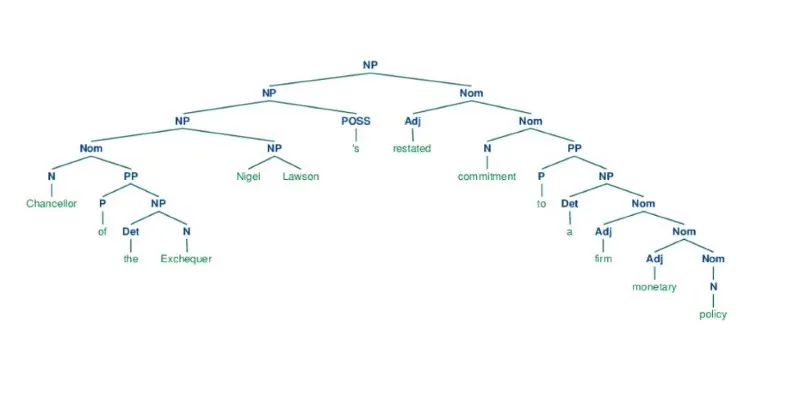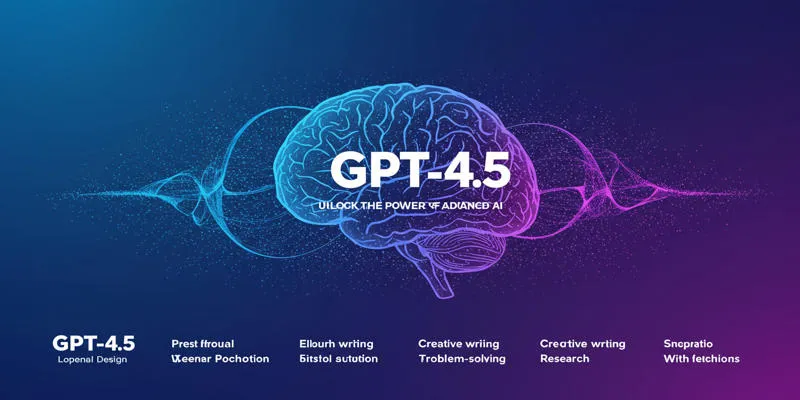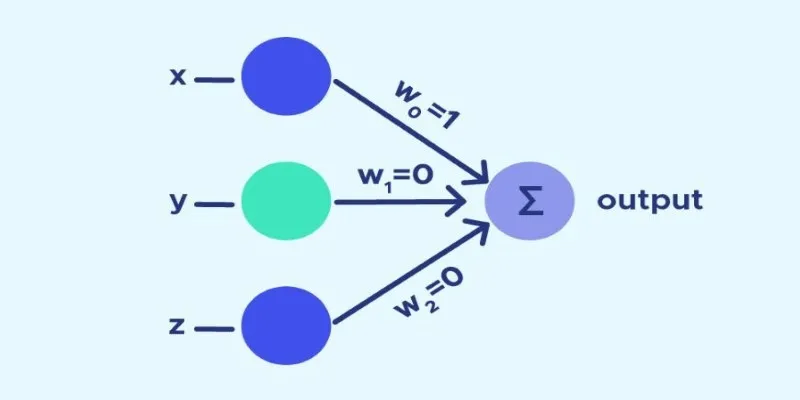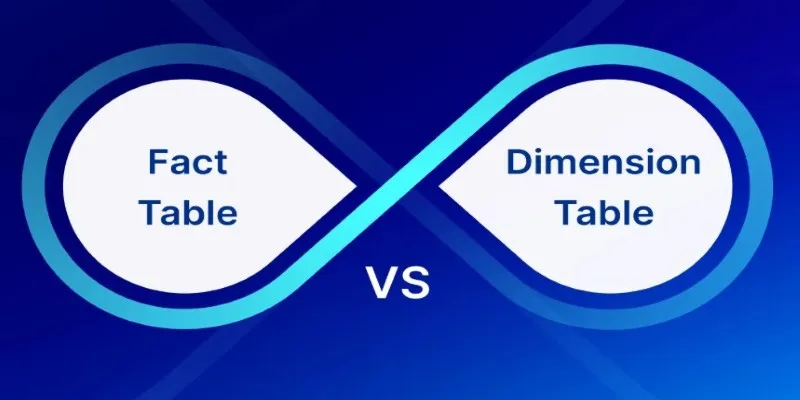Syntax analysis is a fundamental concept in artificial intelligence (AI) and natural language processing (NLP). It involves analyzing the structure of sentences in a language, breaking them down according to grammatical rules. Syntax analysis ensures that computers can understand language structure, a vital step for machines to interpret, translate, or generate human-like text. This technique is extensively applied in AI applications, from search engines to language translation engines. But what exactly is it, and how does it work? Let’s explore the concept.
What Is Syntax Analysis?
At its core, syntax analysis examines a sentence’s grammar. For computers, this means parsing a sentence into a tree form, where each node represents a word or phrase, and the edges depict grammatical relations. This tree-like organization relies on rules specifying how words combine to form correct sentences in a specific language.
Syntax analysis determines not only individual words but also how they are assembled to convey meaning. It enables computers to interpret a sentence’s grammatical structure, allowing them to process or act on the input accurately.
Syntax analysis is crucial in NLP as it distinguishes significant information from background noise. Without it, syntax analysis would be difficult, if not impossible. As a foundational step in understanding natural language, it is typically performed early in NLP pipelines.
How Does Syntax Analysis Work?
Syntax analysis starts by parsing a sentence into its constituent parts of speech—nouns, verbs, adjectives, etc. Once achieved, the parser constructs a syntactic tree. The tree structure adheres to formal language rules, such as subject-verb agreement, word order, and punctuation usage. The process utilizes specific algorithms like top-down or bottom-up parsing.
There are two primary syntax analysis approaches: constituency parsing and dependency parsing.
Constituency Parsing

This method breaks a sentence into nested components or constituents. Each constituent represents a sentence part functioning as a single unit, such as a noun phrase or a verb phrase. A sentence’s tree structure is hierarchical, with these constituents representing different structural levels.
Dependency Parsing
Unlike constituency parsing, dependency parsing focuses on relationships between words, showing their dependencies. The key concept is dependency, where each word links to another in the sentence. For example, in “She kicked the ball,” the verb “kicked” depends on the subject “She” and the object “ball.”
While both methods offer insights into sentence structure, dependency parsing is often preferred in NLP applications for its flexible representation of word relationships.
Why Is Syntax Analysis Important in Natural Language Processing?
Syntax analysis is integral to many AI and NLP applications. Without understanding syntax, computers would struggle to comprehend language meaningfully. Here’s why it’s essential:
Disambiguation
Understanding human language involves dealing with ambiguities. Words can have multiple meanings depending on context, and sentence structure helps resolve these ambiguities. Syntax analysis helps determine intended meanings by identifying word relationships and roles.
Machine Translation
Syntax analysis is crucial in machine translation. Accurate translation requires understanding the grammatical structure of both source and target languages. Syntax analysis helps AI systems parse languages and map structures for accurate translations. Without this, translations could be awkward or fail to convey intended meanings.
Information Extraction
Syntax analysis aids in extracting useful information from vast unstructured text. In AI-driven systems, it helps identify relationships, such as who did what to whom or which object links to a particular action. This process is vital in applications like sentiment analysis, where tone and intent identification rely on sentence structure.
Question Answering Systems

Syntax analysis identifies core elements of queries in systems designed for question answering (like chatbots or virtual assistants). It enables AI to understand question structures and match them with relevant database information. Without syntax analysis, these systems would struggle with complex or nuanced questions.
Speech Recognition and Generation
Syntax analysis is vital in speech-processing systems. It allows speech recognition tools to understand spoken language structure and transcribe it accurately. Similarly, speech generation systems ensure sentences are grammatically correct and sound natural.
Challenges in Syntax Analysis
While syntax analysis is essential in NLP, it faces challenges due to natural language complexity. Ambiguity, grammar irregularities, and sentence structure variations pose difficulties for accurate syntax analysis.
For instance, English generally follows a fixed word order (subject-verb- object). However, languages like Japanese or Turkish have more flexible word orders, complicating parsing. Additionally, certain constructions, like passive voice or questions, can create ambiguity in grammatical role identification.
Another challenge is handling grammar rule exceptions. Human language isn’t always consistent, and speakers often bend or break rules for stylistic reasons. Syntax analysis must account for these deviations without breaking down.
Conclusion
Syntax analysis is critical for computers to comprehend human language by interpreting sentence structures based on grammar rules. It resolves ambiguities, supports accurate machine translation, and enables effective information extraction. Although language complexity poses challenges, advancements in AI and machine learning continually enhance syntax parsers' precision and capability. As NLP technology progresses, syntax analysis will remain foundational, significantly contributing to more sophisticated and natural human-computer interactions.
 zfn9
zfn9






















